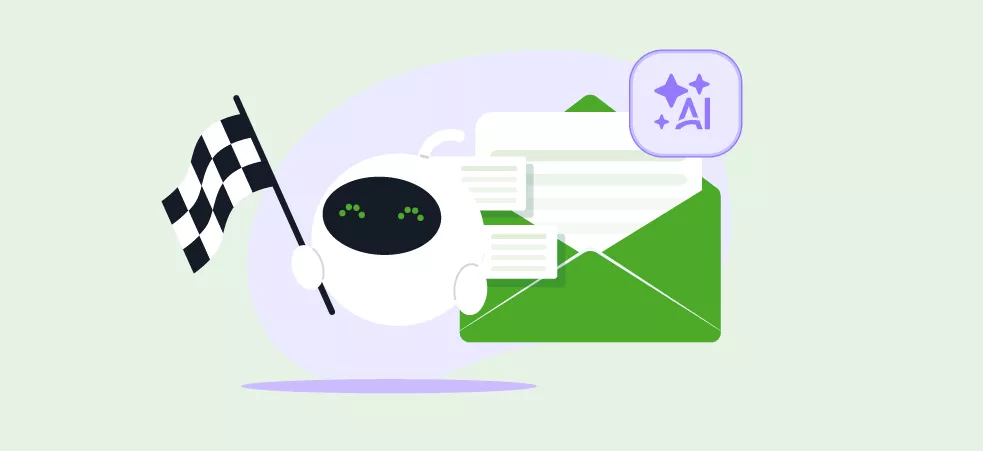The ready-to-use CRM for small businesses and startups.

On-Premise CRM and On-Demand CRM. Differences and Advantages
Before addressing the main differences between one type of CRM and another, we need to answer an even more basic question:
What is a CRM?
Most people think that a CRM is a tool with which to centralise your company's data, better manage internal and external communication and keep a detailed record of sales in order to sell more and sell better.
And they are right.
But the most important thing for the purposes of this article is that a CRM is software; and therefore, it can be On-Premise software, or it can be On-Demand software.

What does an On-Premise CRM look like and what advantages does it have?
On-Premise software (and also the CRM) is software whose infrastructure, hardware, operating system and complementary software are located at the client's premises.
This means that maintenance, repairs, updates and upgrades must be carried out by your own IT staff.
The main benefit of this type of CRM is that they are usually fully customised for a company.
Therefore, they involve a very significant initial payment, but, when carrying out maintenance by your own employees, if you have a team already trained for this purpose, deferred payments are mitigated.
Another advantage of this system is that the company itself has full control over the administration of the system and decides when it is updated and what changes are implemented.
What does an On-Demand CRM look like and what advantages does it have?
On Demand software, including CRMs, are those whose infrastructure, hardware, operating system and complementary software are in the cloud: they belong to the cloud computing family.
The main advantages of these systems are:
As they are almost always subscription-based (SaaS type), access costs are much lower and there is no need to make such a heavy initial investment.
On the other hand, the entire maintenance, management and updating part falls to the company providing the service, not the customer, who can forget about this area of the business, which is never his core.
Finally, to access this type of system you only need a device with an internet connection, which makes life much easier for the majority of the tool's users.
So, what are the main differences and advantages of On-Demand CRM and On-Premise CRM?
When these types of solutions began to become popular, a widespread opinion was generated:
For larger companies it is better to have On-Premise services and for the rest of the market On-Demand services.
The main advantage outlined is that On-Premise systems, although more expensive, more cumbersome and much more difficult to manage, allowed a degree of customisation that On-Demand systems simply could not afford.
Perhaps at the beginning of the popularisation of these two software alternatives they were right.
Now they are no longer.
At efficy, for example, although we are a cloud CRM, we listen to each business and customise the tool to ensure that it is what the customer needs.
That's why clients as big as Carrefour, Belfius Bank or La Redoute work with us.
Do you want to be on the same team as companies like these?
efficy is an On-Demand CRM, and its system works very well.
The best proof is that we have over 4,500 clients in more than 33 countries.
You can start selling more and better today by using a CRM like ours.
Shall we talk?
Learn more:
Why should you use a CRM software?
CRM : 5 examples of companies using Customer Relationship Software
The 7 benefits of CRM use in your company
CRM applications in a company’s day-to-day business






